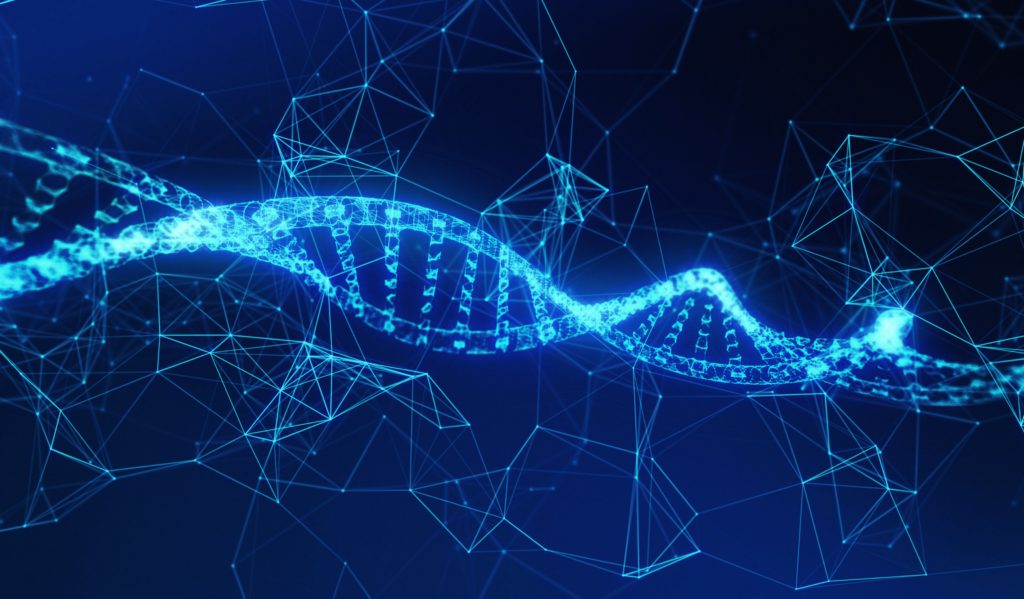In its most recent issue The Quarterly Review of Biology has published a review by myself of laboratory evolution experiments of microbes going back four decades. The paper (entitled “Experimental Evolution, Loss-of-Function Mutations, and ‘The First Rule of Adaptive Evolution’”) is available as a free pdf on my Lehigh University website (http://www.lehigh.edu/~inbios/pdf/Behe/QRB_paper.pdf). The chief question asked in the paper is the following: does evolution more often proceed by endowing an organism with a new function, by taking away an existing function, or by tweaking (modifying) a pre-existing function? Darwin himself realized that evolution did not always have to proceed by gain-of-function events. For example, in some of his writings he described male barnacles that had undergone gross simplification.
For most of history such a question could not be investigated, but with the tools that have become available to molecular biology in the past few decades, a good start can be made on addressing it. The gist of the paper is that so far the overwhelming number of adaptive (that is, helpful) mutations seen in laboratory evolution experiments are either loss or modification of function. (I make a number of distinctions defining gain-, loss- and modification of function mutations, so for the complete story please read the paper.) Of course we had already known that the great majority of mutations that have a visible effect on an organism are deleterious. Now, surprisingly, it seems that even the great majority of helpful mutations degrade the genome to a greater or lesser extent.
Although the data reviewed are mostly from laboratory experiments, there are good reasons to think that the same situation would hold for Darwinian evolution in nature, too, as I discuss in the paper. From the data I propose a rule of thumb that could help guide researchers in their expectations of what they will find much of the time in studies of evolutionary adaptation. I dub it “The First Rule of Adaptive Evolution”: Break or blunt any functional coded element whose loss would yield a net fitness gain.
